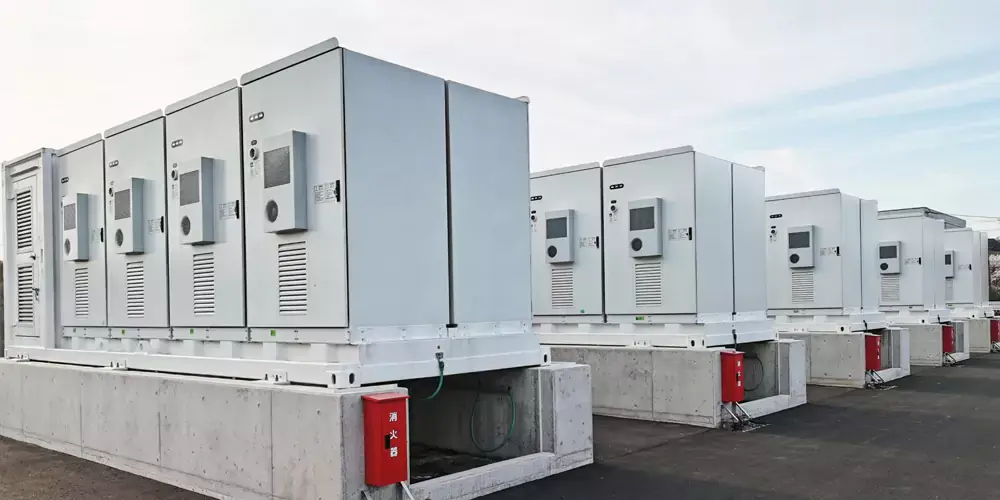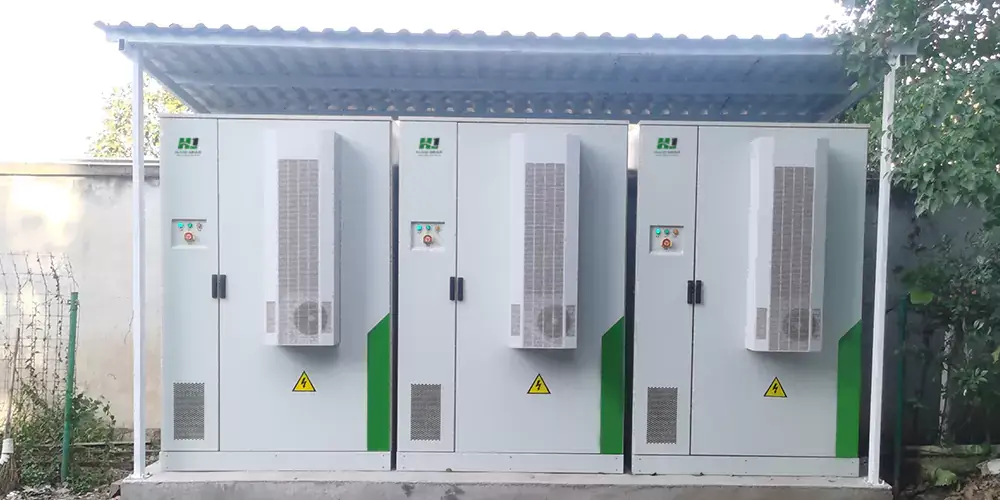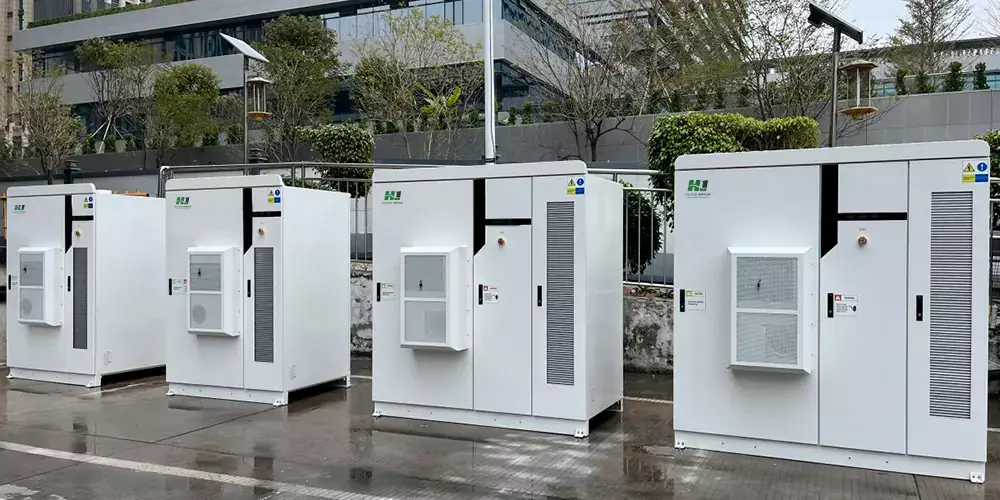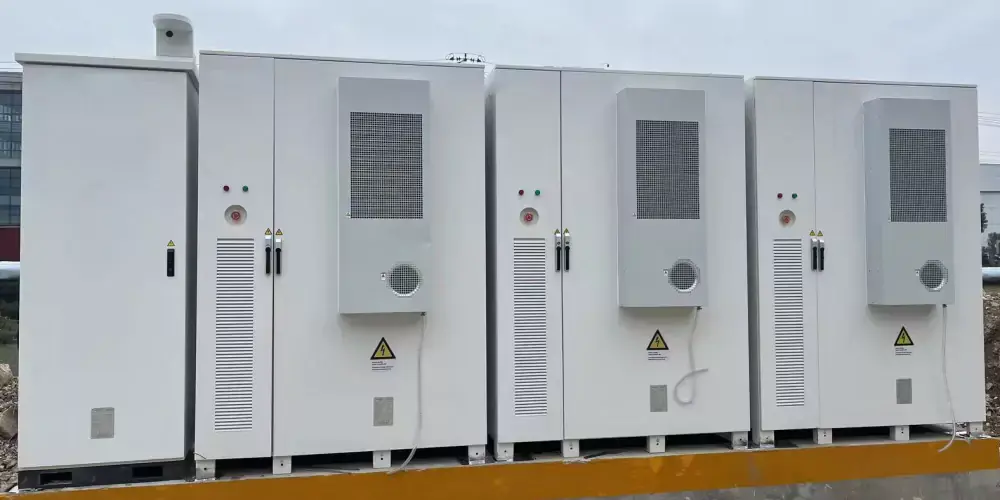Power and Endurance: Comparing the Performance Differences Between Energy Storage Batteries and Power Batteries
In the rapidly evolving landscape of renewable energy and electric mobility, the demand for efficient battery energy storage solutions has never been higher. As two of the most promising areas for future development in lithium batteries, batteries used for electric vehicles and energy storage devices are vital. While there is no significant technical difference between energy storage batteries and power batteries, the divergent application scenarios lead to distinct performance requirements. This article delves into the key differences between these two types of batteries, examining their structures, cost compositions, and practical applications.
Understanding Power Batteries and Energy Storage Batteries
At their core, both power batteries and battery energy storage systems serve the purpose of storing energy, but their applications determine their design and performance characteristics.
1. Technical Principles
Despite having similar technical principles, energy storage batteries and power batteries differ primarily in their application environments. Power batteries are typically used in electric vehicles (EVs), where high energy output is essential for rapid acceleration and performance. In contrast, battery energy storage systems are used in applications that require sustained energy release over time, such as grid energy storage and renewable energy integration.
2. System Structure and Cost Composition
When comparing power batteries and energy storage batteries, it is crucial to consider their system structure. Both types can be broken down into various components: battery cells, modules, and battery packs.
Battery Cells: These are the fundamental building blocks of both power batteries and battery energy storage systems. Multiple cells combine to form modules, which are then assembled into complete battery packs.
Battery Management System (BMS): This system monitors, evaluates, protects, and balances the batteries, ensuring they operate efficiently and safely.
Energy Management System (EMS): The EMS is responsible for data collection, network monitoring, and energy scheduling, playing a vital role in managing how energy is distributed and used.
Energy Storage Converters (PCS): These components control the charging and discharging processes of the energy storage battery pack and facilitate AC/DC conversion

3.Cost Composition
The cost composition of an energy storage system reflects its structural components. In general, batteries account for about 60% of the total cost of energy storage systems. The breakdown is as follows:
- Batteries: 60%
- Energy Storage Inverters: 20%
- Energy Management Systems (EMS): 10%
- Battery Management Systems (BMS): 5%
- Others: 5%
In contrast, a power battery pack for new energy vehicles is designed to meet specific operational requirements, comprising five essential systems:
- Battery Module
- Battery Management System
- Thermal Management System
- Electrical System
- Structural System
The different focus areas in design and cost structure reflect the varying requirements of battery power storage in EVs versus stationary energy storage systems.
4.Performance Differences
1. Discharge Rate and Cycle Life
One of the main differences between power batteries and battery energy storage systems lies in their discharge rates. Power batteries need to deliver high bursts of energy quickly, while energy storage batteries provide a more gradual discharge. As a result, energy storage batteries often have a longer cycle life, making them better suited for applications that require sustained energy delivery.
2. Application Suitability
Power Batteries: Ideal for applications requiring rapid energy output, such as electric vehicles. These batteries prioritize performance and power density.
Energy Storage Batteries: Best suited for applications that require energy to be stored and released over longer periods, such as renewable energy systems and grid stabilization.
Conclusion
In summary, while power batteries and energy storage batteries share similar technical principles, their distinct applications result in varying performance requirements. Understanding these differences is essential for selecting the appropriate battery technology for your needs.
Whether you are interested in battery energy storage for electric vehicles or battery power storage for grid applications, being informed about these nuances can help you make better choices for energy efficiency and sustainability.
Contact us
- Email:[email protected]
- Tel: +86 13651638099
- Address: 333 Fengcun Road, Fengxian District, Shanghai
Get A Quote Now!





